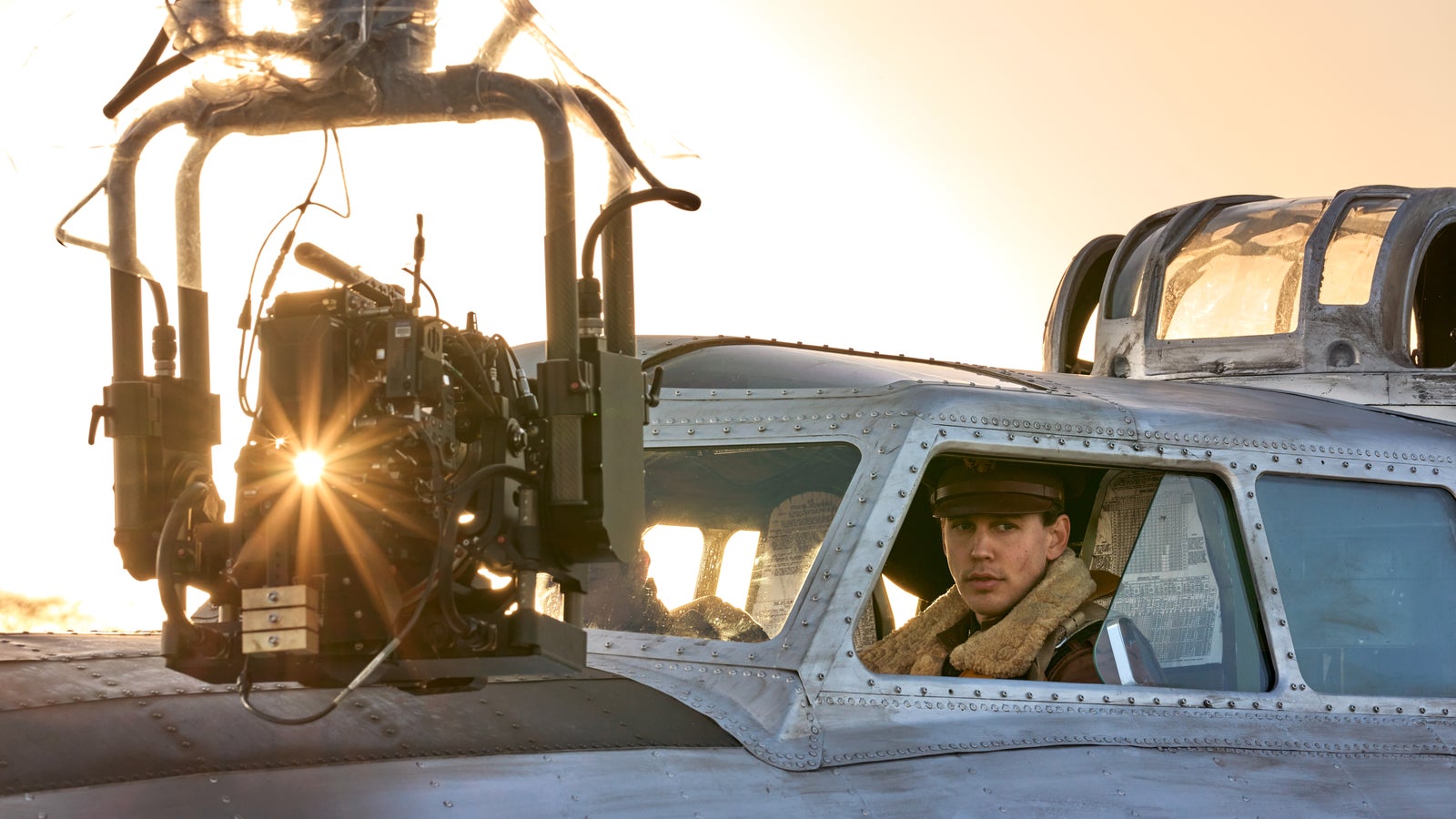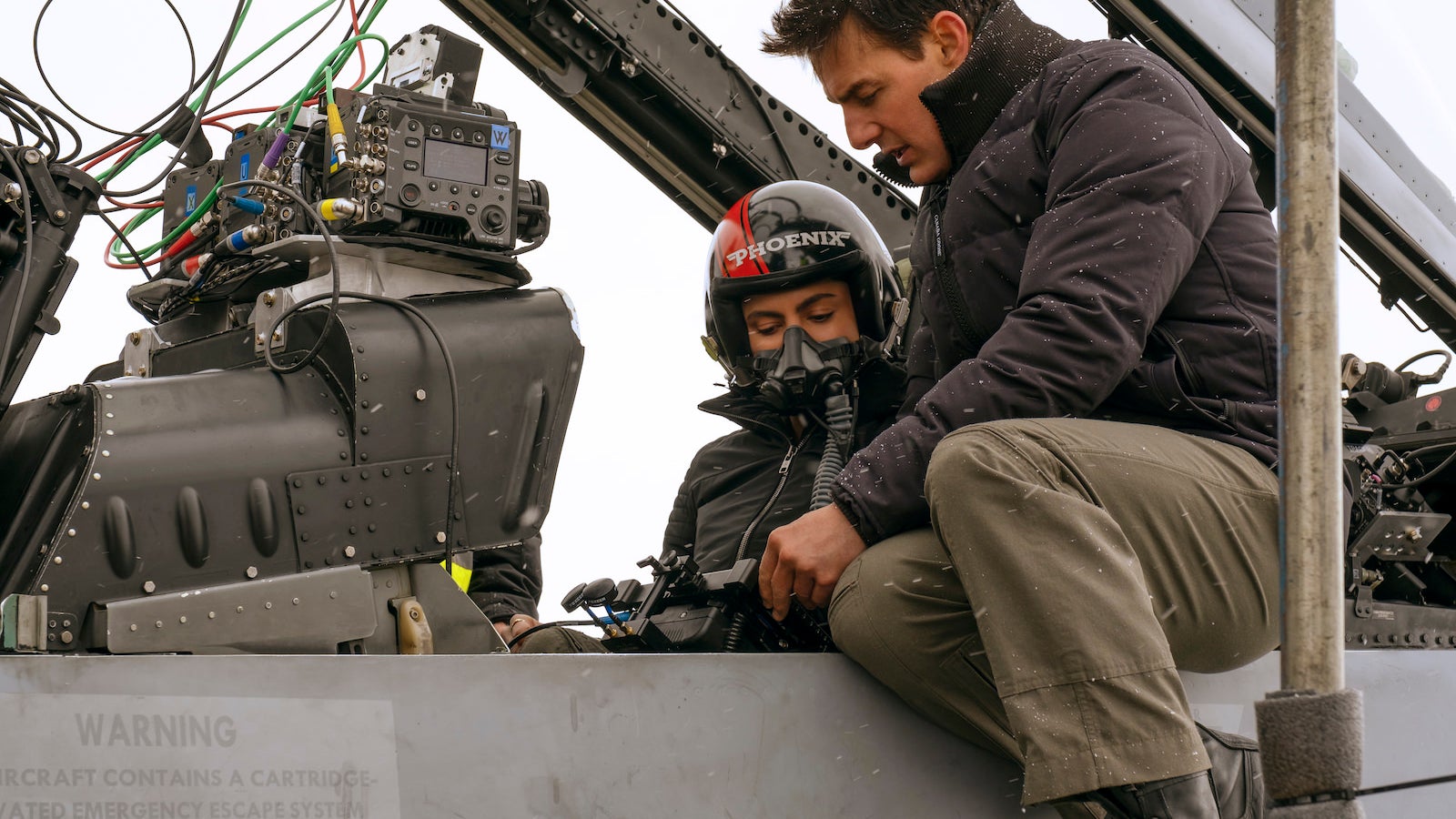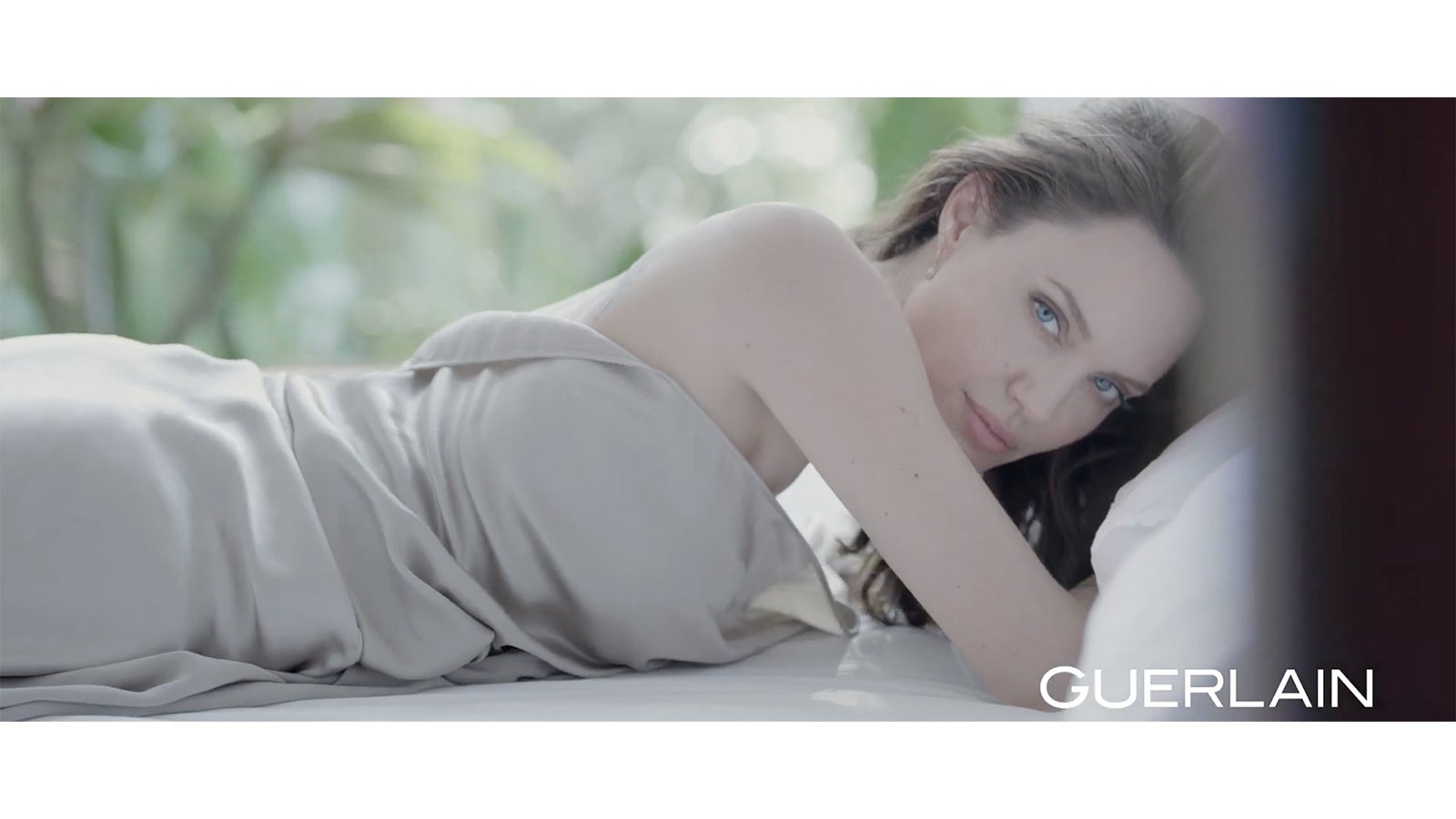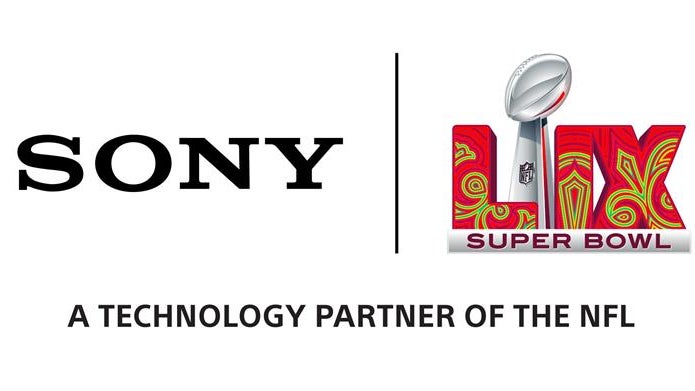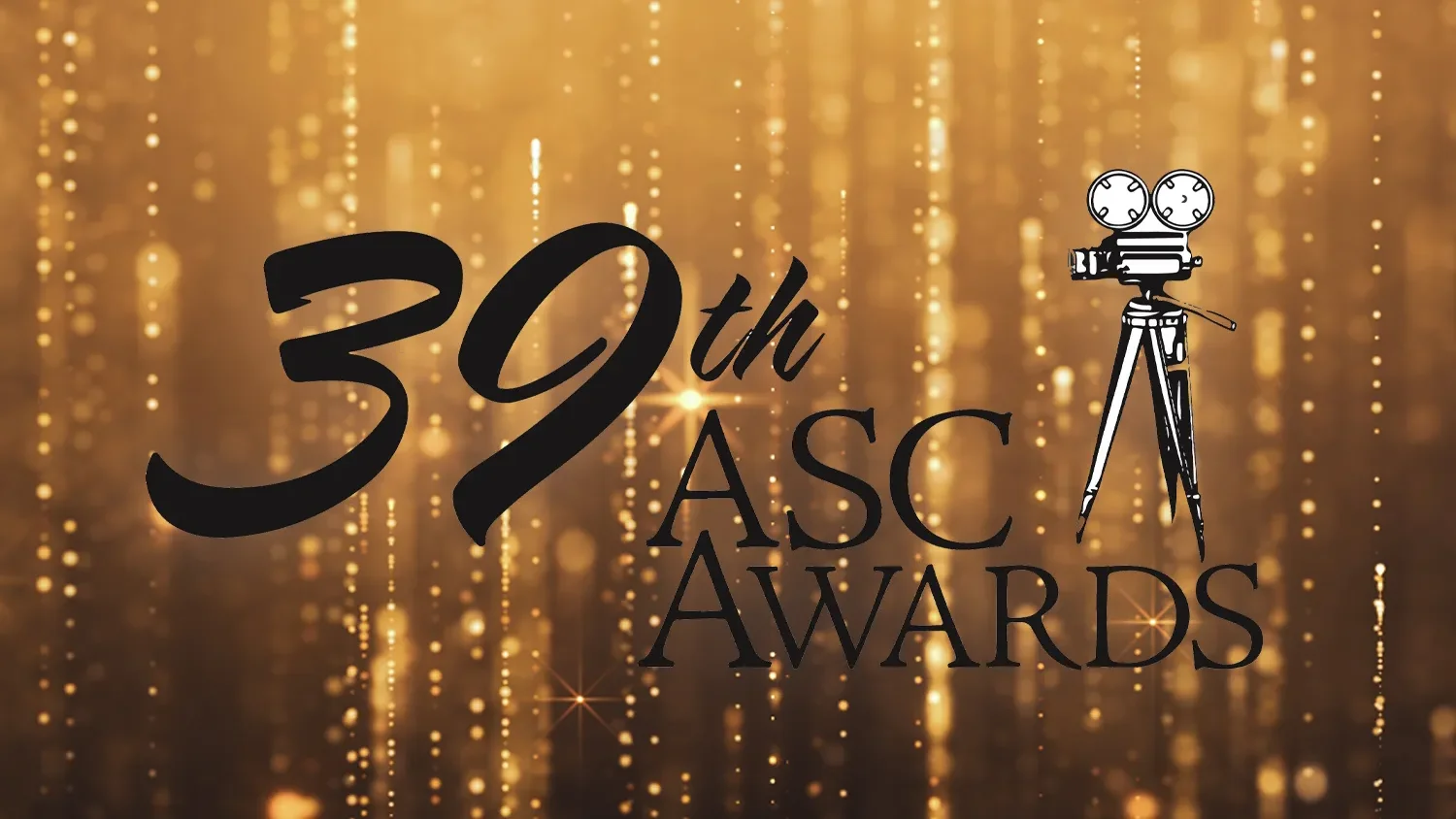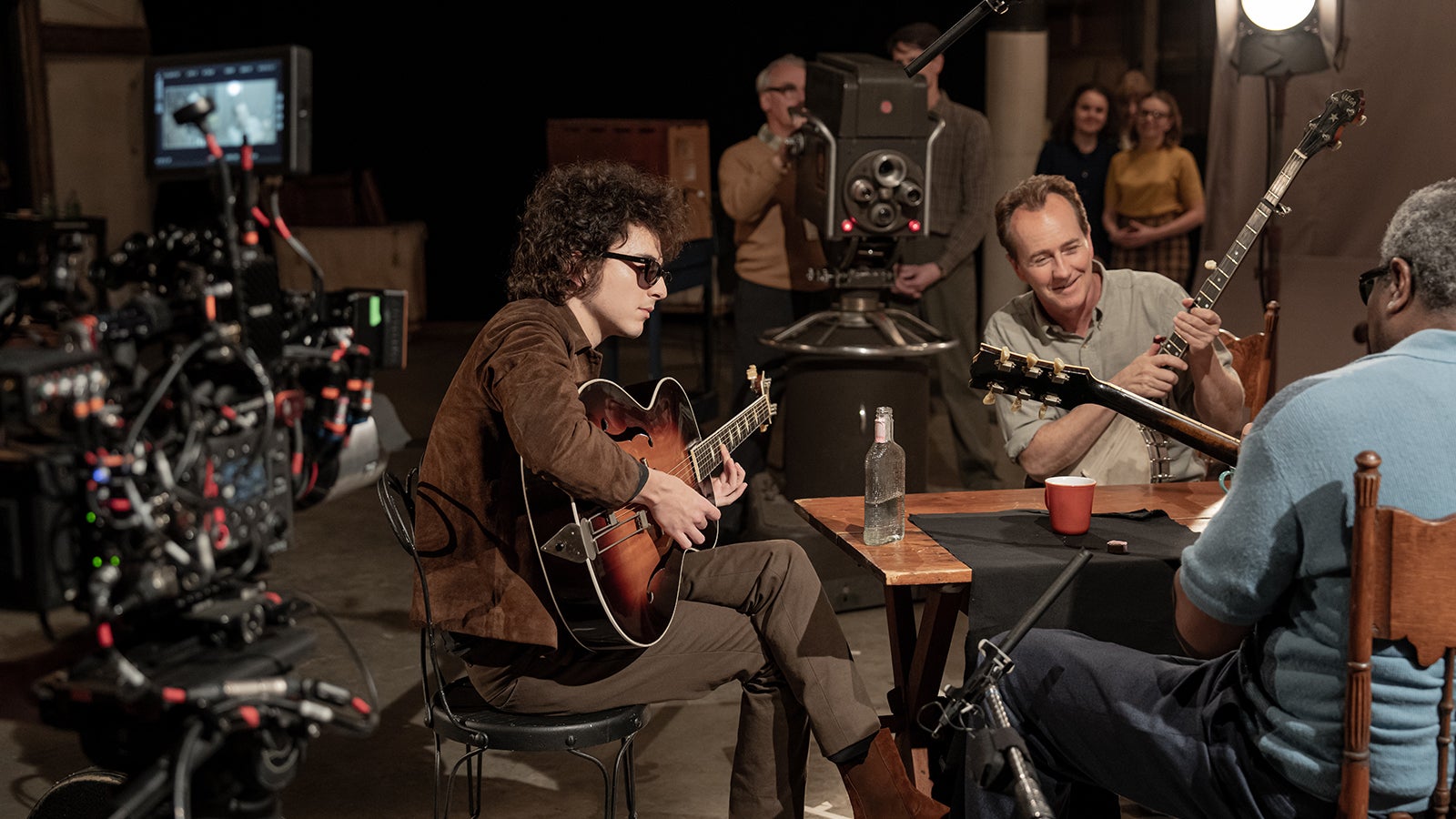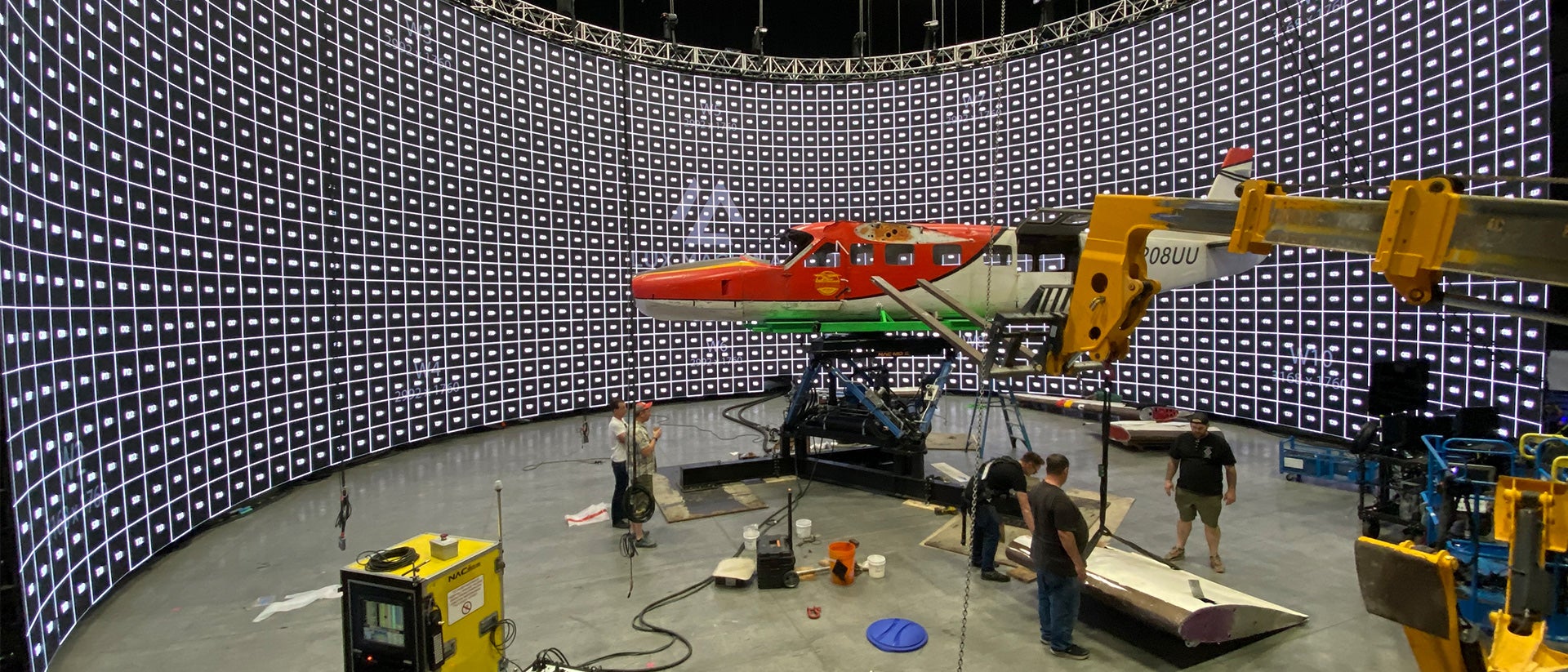
02-07-2025 - Filmmaker Interviews
Johnny Derango Brings Flight Risk to Life with Virtual Production and the Power of the Sony VENICE
By: Yaroslav Altunin
When we think of action films, it’s all about fantastic set pieces and elaborate fight scenes that crash through walls. Rarely are they set in one location with a trio of actors, especially if that location is a 9-seat Cessna 208 Grand Caravan airplane flying through the sky.
But Director of Photography Johnny Derango captured exactly that with the Mel Gibson-directed Flight Risk. Starring Mark Wahlberg, Topher Grace, and Michelle Dockery, the film follows a U.S. Marshal escorting a government witness to trial and the assassin attempting to end his life.
Sony Cine sat down with Derango to learn more about the film, how he crafted compelling action within a single, small location, and how the Sony VENICE and VENICE 2 captured a night shoot landing.
Flight Risk Packs Action into Tight Quarters
Derango is a cinematographer who doesn’t shy away from a challenge. His compelling compositions embrace natural lighting and camera movements that make for immersive storytelling, no matter if it’s a dark thriller, a comedic series, or an action film about Santa.
It was his work on Fatman, a gritty, dark comedy starring Mel Gibson as Santa, that impressed the two-time Academy Award-winning director, who invited Derango to lens the single-location thriller, Flight Risk.
“From our very first conversation, I knew that we were going to do everything we could to ground the movie in reality,” Derango said. “That included not cutting away sections of the aircraft, putting the camera physically in places… (and) physically working within the space of the aircraft itself, to make it feel as claustrophobic and interesting as possible.”
While a few shots in the film broke this rule, Derango was adamant about shooting as if they were actually on the plane. This was done by placing a real nine-seat Cessna atop a hydraulic gimbal, which was surrounded by an LED volume.
“We built our own volume in Las Vegas,” Derango said. “At the time, it was 33ft high by, 65ft wide, 65ft deep and 270 degrees… (and) the plane sat on a 10 to 12ft gimbal.”
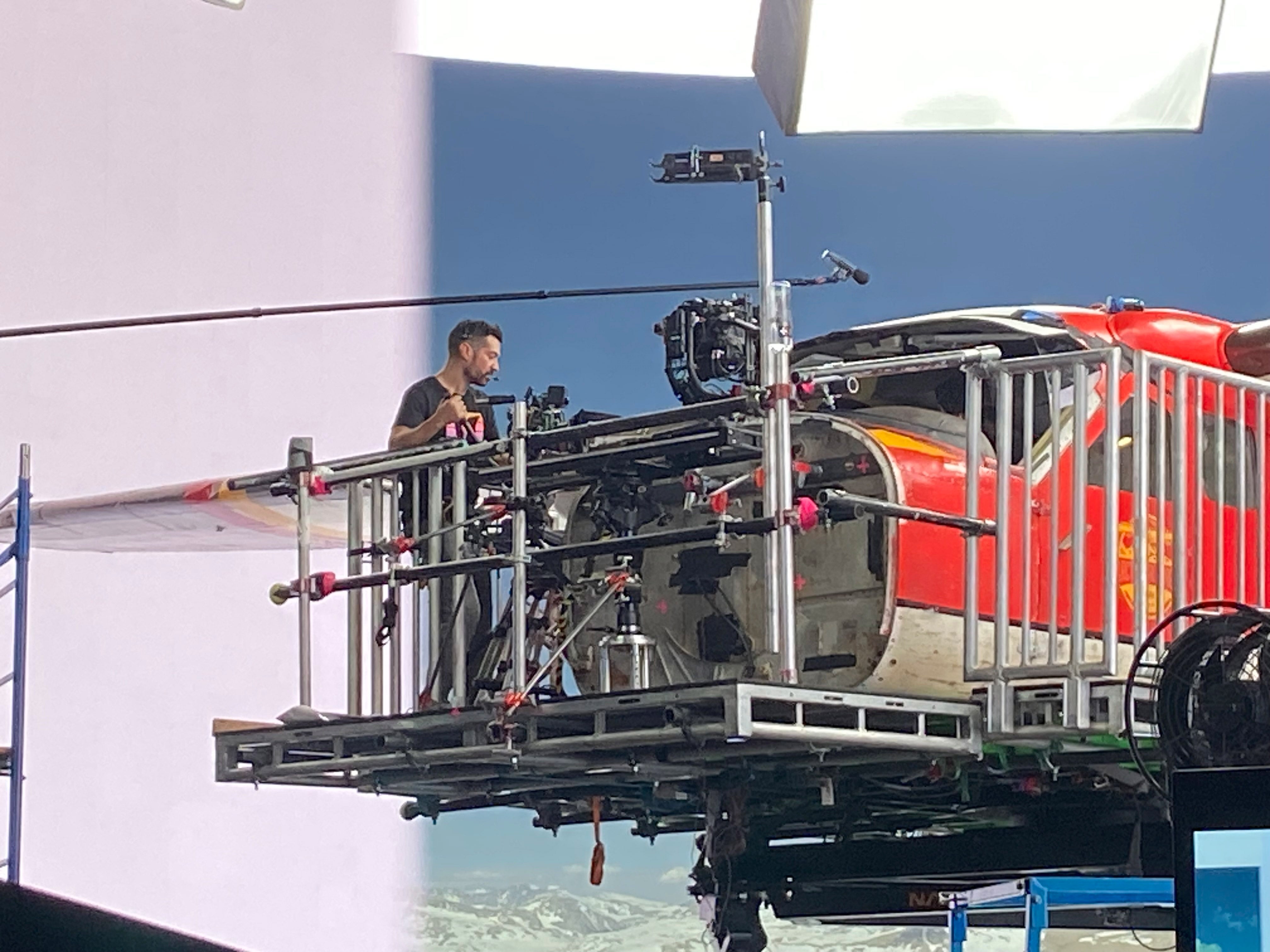
This immersive LED environment utilized footage captured in the Sierra Mountains specifically for Flight Risk, giving Derango the realism he needed outside the plane. It had such an impact on the cast that they felt like they were actually flying over the mountains.
“Topher Grace talks about it,” Derango said. “He said, ‘(There’s) very little acting required. When we’re diving, it really felt like (the plane was) diving and we were going to die. Whatever reaction you get is the real reaction.’”
But inside the aircraft, it was all about being in the action with the actors. This is where the Sony VENICE shined as a creative partner for Derango.
"Inside a nine-seat Cessna…you don't have a room for a camera that's big. You don’t have room for big lenses,” Derango explained. “So, to be able to work inside that aircraft, we needed a compact camera, and the VENICE in Rialto mode just fit the bill.”
By pairing the Sony VENICE and the VENICE Extension System with Panavision VA lenses, Derango and his team could share the set with the talent and not compromise on the composition. The combination of the VENICE Extension System and close focus provided by the Panavision glass kept action in the frame, even if the camera operator was right next to the actor.
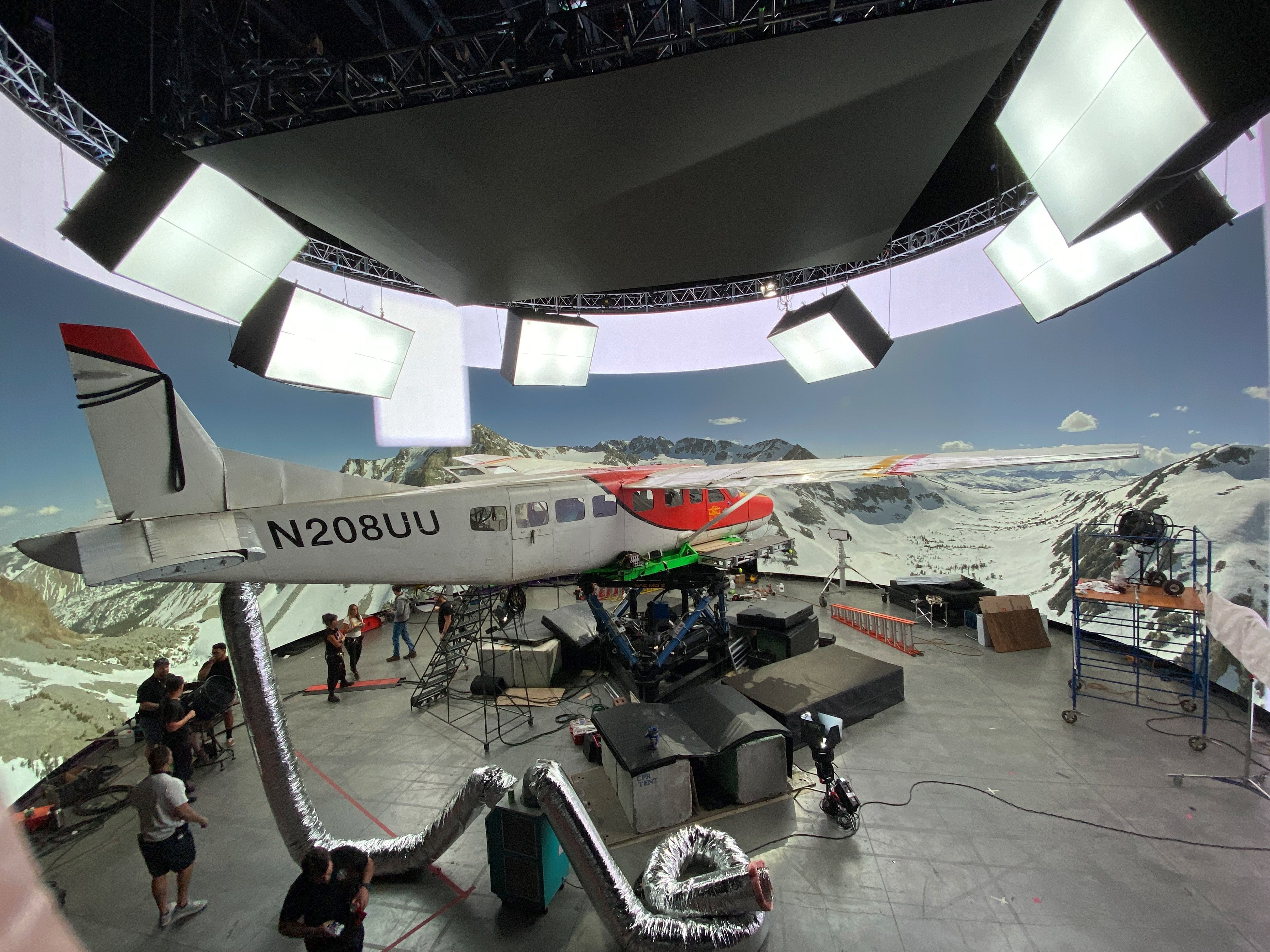
Capturing a Nighttime Landing with The Sony VENICE 2
While the majority of Flight Risk was shot on the Sony VENICE, a sequence at the end was captured on the VENICE 2. Due to the same budget and time constraints found on most indie films, this would have posed a challenge to Derango and his team, but with such a powerful toolkit supporting them, the challenge became more of a creative exercise.
“At the end of the movie when the Cessna comes in, there’s a rough landing,” Derango explained. “The way Mel envisioned the movie, we take off in daylight but by the time the plane lands, it's nighttime. With the budget I had, heck, with any budget lighting up a plane on approach from thousands of feet away is nearly impossible.”
“So the solution I came up with was to shoot at blue hour. We would then print down the early shots in the sequence letting it gradually fall darker and darker as the scene progresses. By the time that plane stops moving, it's flat-out night,” Derango continued. “It married together perfectly, it's absolutely beautiful.”
Shot over two nights, Derango used a pair of VENICE 2 cameras as well as a collection of crash cams to capture a real aircraft landing at night. One VENICE 2 was on a helicopter piloted by the legendary Fred North, and the other was on the ground, which gave the creative team enough coverage to shoot the sequence in 90-minute chunks.
“We got 90 minutes a night over two nights. That’s all the time we had” Derango said. “The flexibility to (shoot at 5000 ISO) and as it got darker and darker, to keep rolling it up, was immensely helpful.”
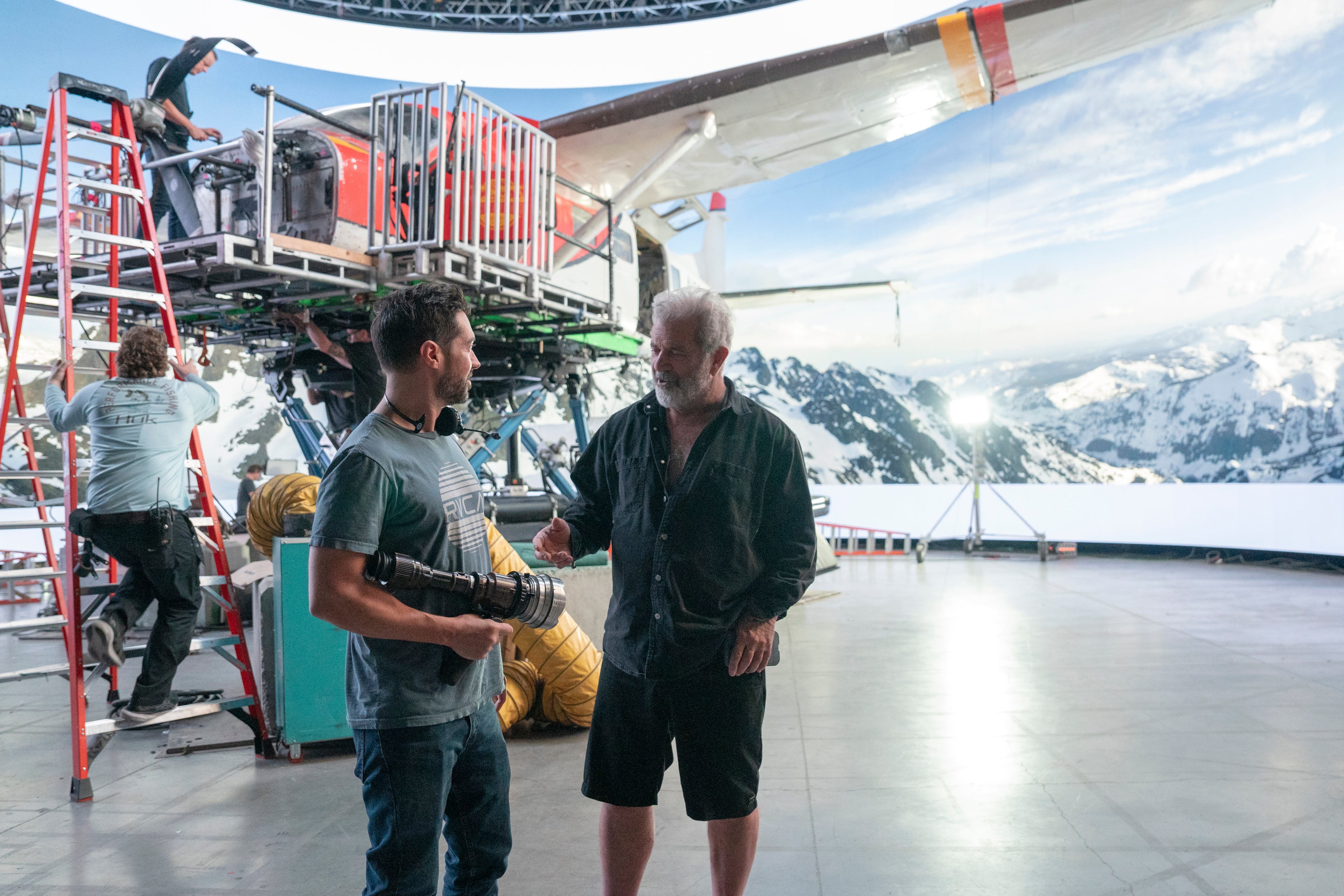
The Power of Collaboration
As an indie film, Flight Risk was all about bringing unique solutions to complex problems. But as Derango came to discover about his director, the key to success was collaboration.
“Mel is super trusting in his collaborators. He brings in people he believes in, and then you bring your ideas to Mel,” Derango said. “I think he likes that collaboration. He likes to have ideas thrown at him.”
This same idea flourished on the set of Flight Risk. Even though it was small, everyone from the camera team to the lighting department brought unique solutions to the table. All of this was married together with the Sony VENICE and VENICE 2, crafting an exciting action thriller inside a Cessna aircraft with only three actors.
Flight Risk premiered in theaters on January 24, 2025.
To learn more about the VENICE, check out the CineAlta Workflow White Paper
